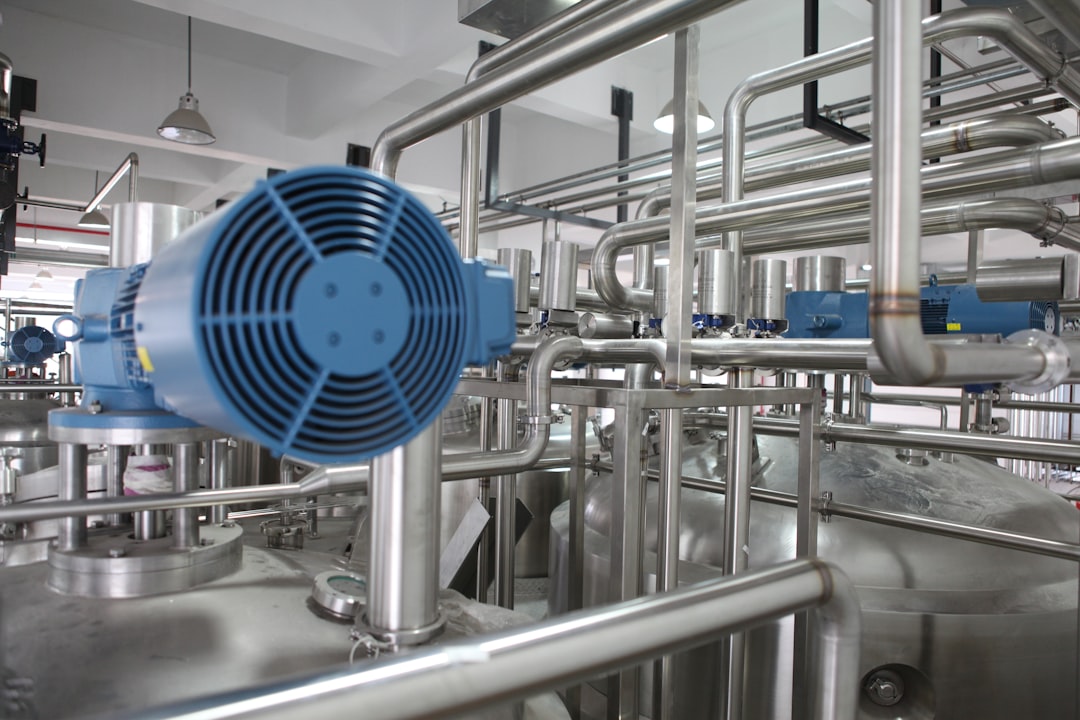What is it about?
Simulation work with widely accepted drying models reflects the acceptability of a drying process. Six established thin layer drying models were tested during simulation studies to fit experimentally obtained moisture ratio values with predicted model values. The best suitable model was identified and evaluated with respect to their statistical parameters.
Featured Image
Why is it important?
It was observed that, the time taken for thin layer drying of ginger from a moisture content of 88.13% (wb) to 6-7% (wb) was around 16 h for the specified IDS. Analyses of overall statistical parameters of drying kinetics validated Page model as the most suitable one among the six models tried for simulation. Conformity to the established Page model also indicated sound design aspects of the developed IDS. At the same time, ginger oleoresin and volatile oil content were also found to be less affected in IDS in comparison to common practice of open sun drying.
Perspectives
I hope this article will be of much help for researchers working in the filed of drying. Use of solar energy as well as bio-waste material simultaneously for drying purpose is an effective method to produce quality dried ginger. The article is likely to help researchers to focus on quality attributes of finished products while developing new drying systems utilizing alternative energy sources and validating research findings.
Dr ABHIJIT BORAH
Assam Agricultural University
Read the Original
This page is a summary of: Simulation and validation of a suitable model for thin layer drying of ginger rhizomes in an induced draft dryer, International Journal of Green Energy, August 2017, Taylor & Francis,
DOI: 10.1080/15435075.2017.1369418.
You can read the full text:
Contributors
The following have contributed to this page










